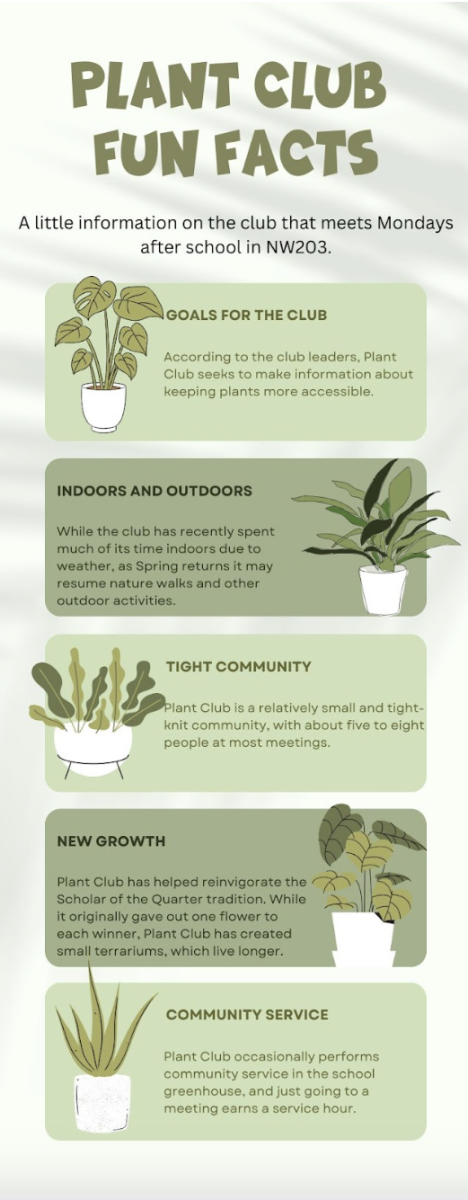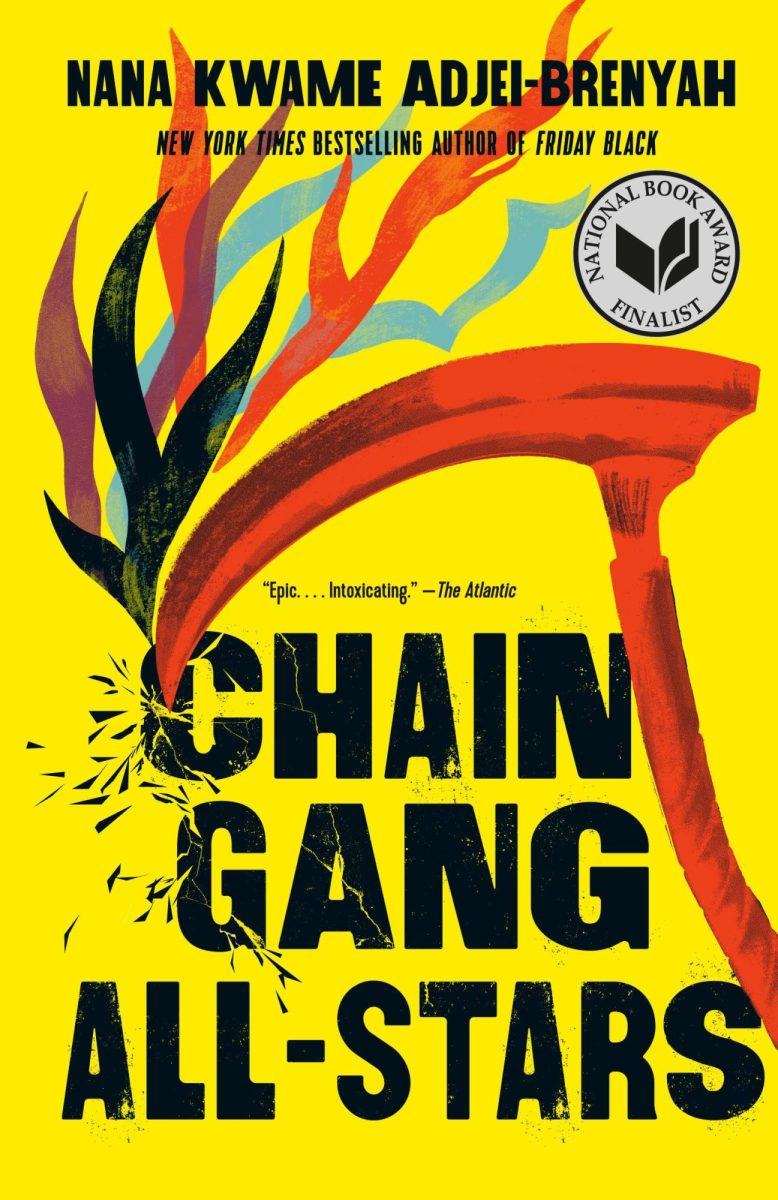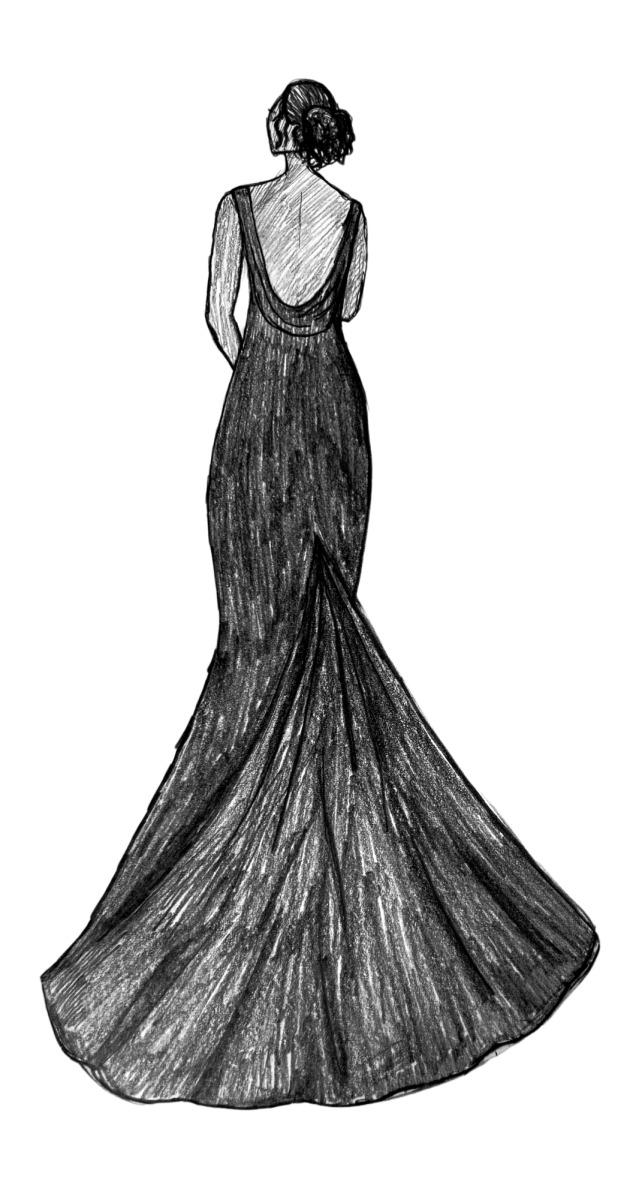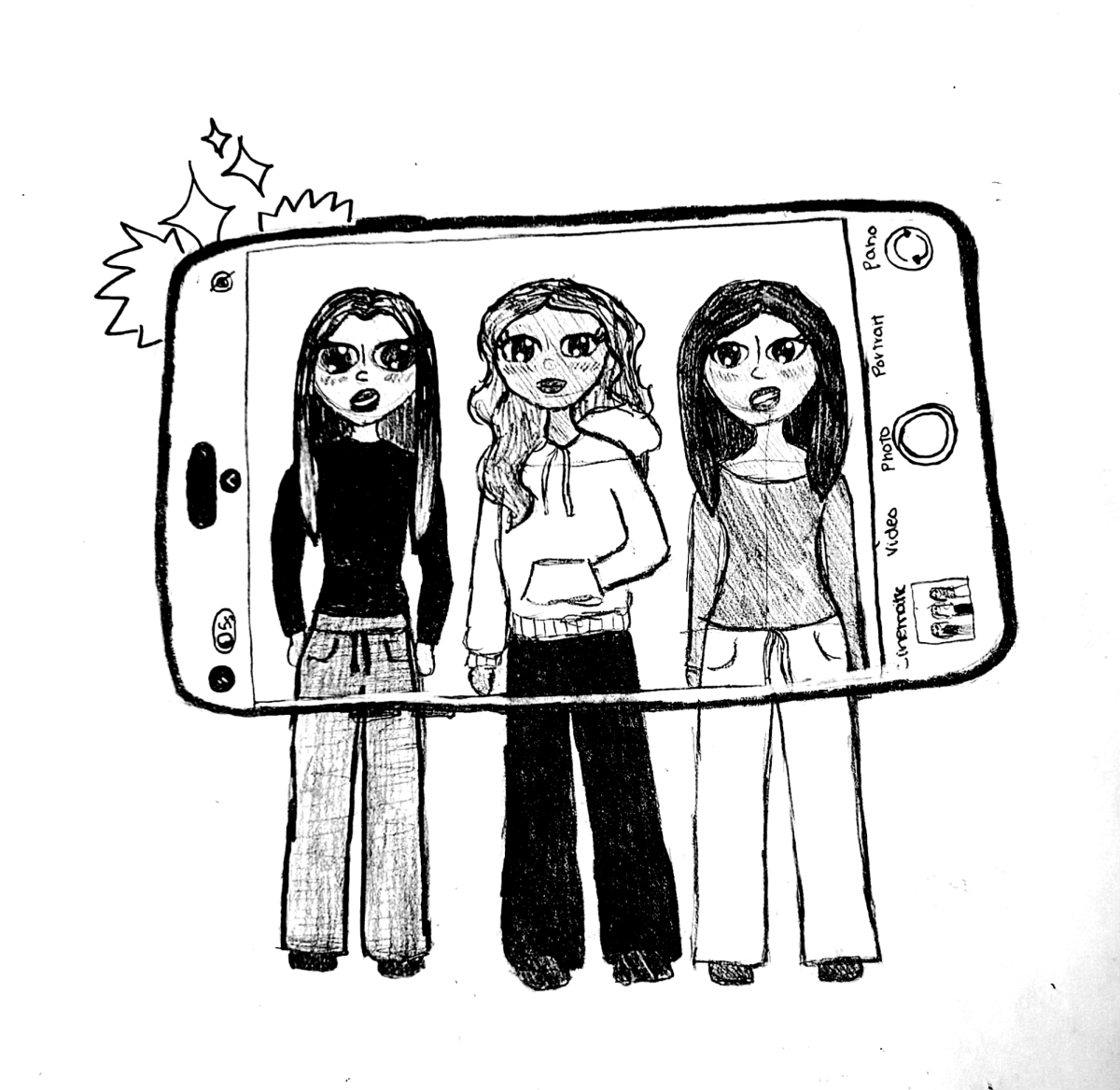A couple years ago, while at my grandparents house, I tried on my mom’s prom dress from the 90s. While I wouldn’t pick a dress with such big shoulder poofs myself, the quality of the dresses back then were so much better. There were no holes, rips or strings after one night of intense dancing and 30 years of hanging on a hanger in a musty old closet.
A few weeks ago, in my search for a prom dress for myself, I tried on several dresses. I was super excited about the second dress I tried on and it was so pretty. The color, the style, I loved it. However, I found that, even though it was still in the store, it already had a bunch of small holes in the seams and it was worn in the back. I immediately knew the culprit: fast fashion.
Fast fashion is the practice of rapid production and distribution of low cost clothing that is designed with the purpose of keeping up with the newest fashion trends. It prioritizes affordability; the speed of production is hastened at the expense of quality, sustainability and ethical labor practices.
According to The State of Matter Apparel, in just the United States, around 11.3 million tons of textiles are thrown away each year. This amount of waste is contributed to tremendously by fast fashion. Throwaway culture has increased a lot in recent years. Since 2010, the amount of times a piece of clothing is worn before being thrown away has decreased by 36%. Currently on average people toss clothes that have been worn between 7 and 10 times.
In order to keep up with the trends, many retailers rely on fast fashion practices to keep their sales up. Dresses that follow the newest TikTok trends are going to be more popular, and will make the retailers more money. Sherri Hill is a top prom dress retailer. According to their website, in 2024, the biggest prom dress trends were one shoulder dresses, mini dresses and neon colored dresses. In 2025, however, the trends have shifted a lot. This year tulle, patterns and pastels are all the rage.
The dresses that aren’t fast fashion are incredibly expensive for a teenager living off a babysitter’s salary to afford. Even students with part time jobs often have to help save for college which limits spending money, especially on dresses they’re going to wear once.
While I don’t want to be complicit in fast fashion, I also can’t spend the money on a fancy prom dress, so after a lot of thinking, I came up with a great alternative.
If people want another low cost alternative but don’t want to support fast fashion, I recommend looking into buying dresses from thrift or vintage stores. The clothing is older so it is much better quality.
Thrift stores like Goodwill will have the most budget friendly options. Vintage stores are more expensive but are curated and are filled to the brim with beautiful 90s and 20s dresses. If you want to serve Kat Stratford at prom, vintage stores are the way to go.
Prom should be about making memories, not trash, therefore vintage prom dresses are the perfect choice.

























